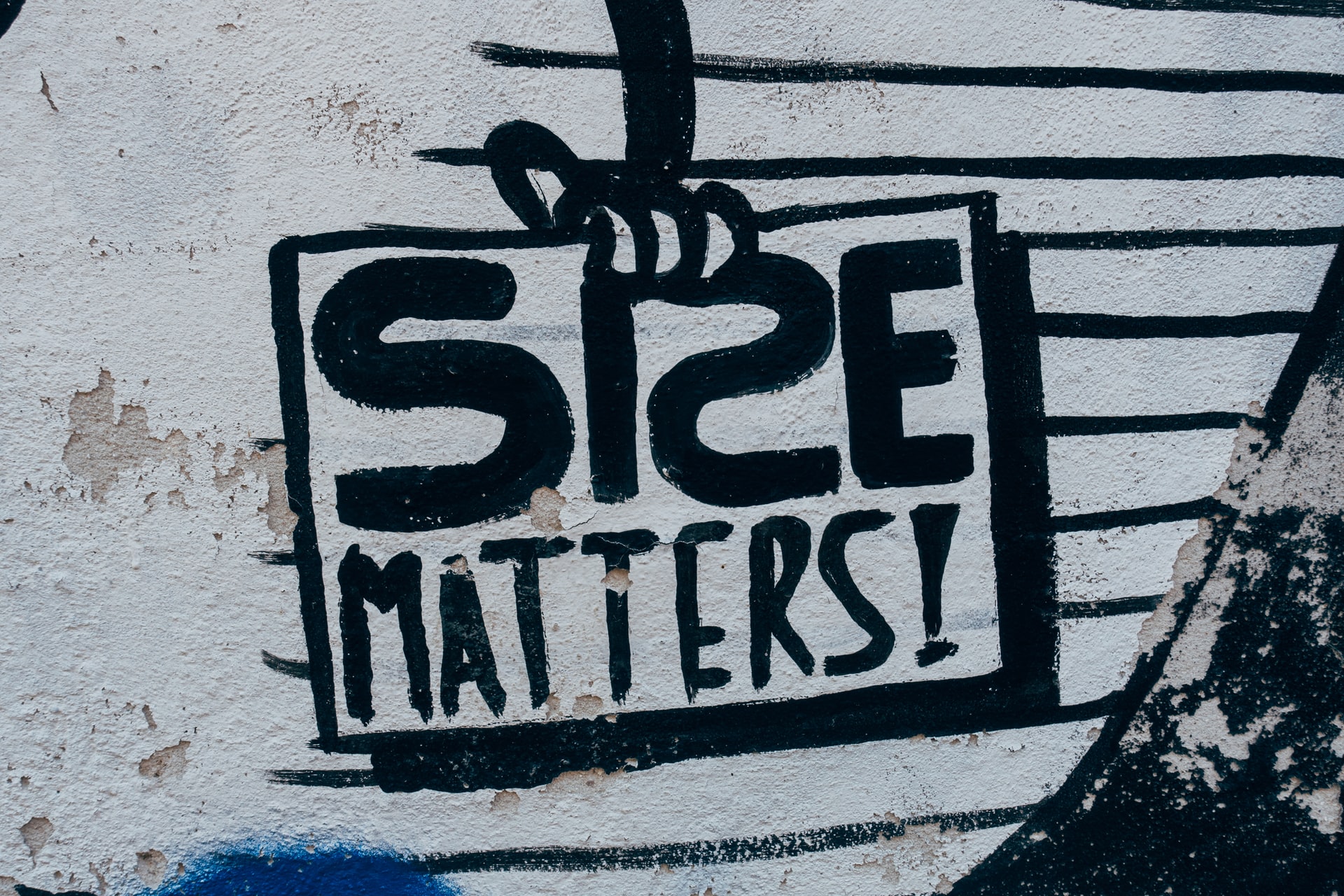Five Website Image Editing Errors and How to Avoid Them
Did you know that white people make up 77.8% of all picture editors? Making them the most prevalent ethnic group.
Whether you’re in the advertising or marketing business, you must learn how to manipulate images to fit your specific industry. After all, consumers now see ads in scrolling news feeds or video formats. They see images so often that consumers subconsciously recognize the imperfections of these pictures.
You must learn how to edit your images correctly if you don’t want your business to lose customers with an amateur photo. Please read our guide below to discover website image editing errors.
1. Image File Sizes

There are a few simple things you can do to avoid these errors. First, make sure your images are the right size for the web. That means they should be no larger than 72 DPI and a maximum of 1000 pixels wide.
Use the appropriate file format next. While GIFs or PNGs are preferable for graphics with few colors, JPEGs are ideal for photographs. Finally, compress your image file format before you upload them to your website.
This will help reduce file size and make your pages load faster. Check out this free image resizer if you are looking for an app.
2. Incorrect Colors
One of the most common image editing errors when editing images for a website is incorrect colors. This can often happen if the wrong color profile is used when saving the image or if the image is edited in a false color space.
To avoid this, ensure that you use the correct color profile for your image colors and tones and work in a suitable color space.
3. Improper Image Cropping

Bad image cropping is one of the most common website image editing errors. It can make an otherwise excellent image look unprofessional and ruin your website’s overall aesthetic.
Crop images using the rule of thirds. This will help you create evenly balanced and visually pleasing images. Be careful not to crop out essential details. Make sure that all of the critical elements of the image are still visible after you crop it.
4. Lack of Image Optimization
Unoptimized images can take up a lot of space on your web server, leading to slower page loading speeds and negatively affecting your website’s performance in search engines.
To avoid these errors, continuously optimize your images for the web before uploading them to your website. You can do this by reducing the file size of your images and using the appropriate file format for the web.
5. Blurry or Pixilated Images

A few common reasons why images may become blurry or pixelated on websites. Possibly, the image has been stretched or resized without properly resampling, which can cause pixels to become distorted.
When saving images for use on a website, always keep them at a high resolution. If you need to resize an image, use a high-quality image editing program that offers resampling options.
Website Image Editing Errors Spotted
Keep an eye out for any website image editing errors before you publish your website. Double-checking your images can avoid potential embarrassment or negative customer feedback.
If you’re unsure about how to fix an image error, consider hiring a professional website designer or editor to help you out. Be sure to check out our blog for more tips and advice.

Comments are closed.